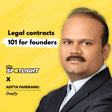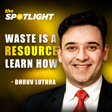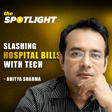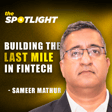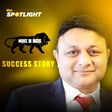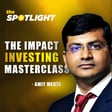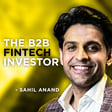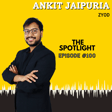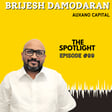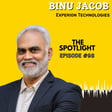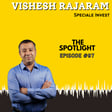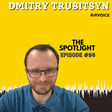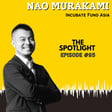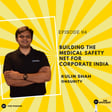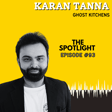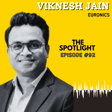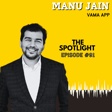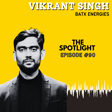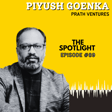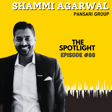
A Surgeon turned Green Warrior | Dr. Srikanth Sola of Devic Earth
In this episode of The Spotlight, we have a founder who is on a mission to improve the quality of air we breathe.
In a candid conversation with Akshay Datt, Dr. Srikanth Sola, CEO, Devic Earth, takes us through his amazing journey. He is a graduate of Stanford University and a former cardiologist at the Cleveland Clinic.
It was the love for his country and the will to serve people that brought him back to India. He joined the Department of Cardiology at the Sri Sathya Sai Institute of Higher Medical Sciences, Bangalore, where he was astonished to see the rising cardiac cases due to air pollution. He took this as his personal mission and started evaluating and developing technologies that can help in improving air quality.
He founded Devic Earth in 2018 and since then has served many companies with its affordable product offering.
Tune in to this episode to hear Dr. Sola talk about how this green tech company is tirelessly working towards providing clean and breathable air.
Key takeaways:
- Experience of working in the US vs India.
- Subscription model.
- Fundraising journey.
